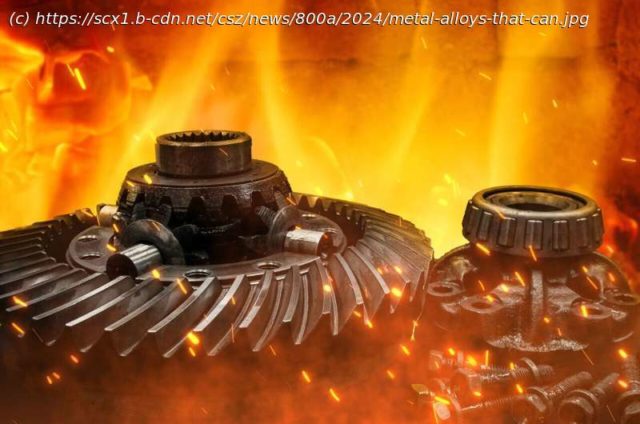Cooks love stainless steel for its durability, rust resistance and even cooking when heated. But few know the secret that makes stainless steel so popular. It’s the metal chromium in stainless steel, which reacts with oxygen in the air to form a stable and protective thin coating for protecting the steel underneath.
Cooks love stainless steel for its durability, rust resistance and even cooking when heated. But few know the secret that makes stainless steel so popular. It’s the metal chromium in stainless steel, which reacts with oxygen in the air to form a stable and protective thin coating for protecting the steel underneath.
These days, scientists and engineers are working to design alloys that can resist extreme environments for applications such as nuclear fusion reactors, hypersonic flights and high-temperature jet engines. For such extreme applications, scientists are experimenting with complex combinations of many metals mixed in equal proportions in what are called multi-principal element alloys or medium- to high-entropy alloys. These alloys aim to achieve design goals such as strength, toughness, resistance to corrosion and so on.
Specifically, researchers seek alloys resistant to corrosion that can happen when metals react with oxygen in the atmosphere, a process called oxidation. These alloys are typically tested in a « cook-and-look » procedure where alloy materials are exposed to high-temperature oxidation environments to see how they respond.
But now, a multidisciplinary research team led by scientists at the Department of Energy’s Pacific Northwest National Laboratory and North Carolina State University combined atomic-scale experiments with theory to create a tool to predict how such high-entropy alloys will behave under high-temperature oxidative environments. The research, published in the journal Nature Communications, offers a road map toward rapid design and testing cycles for oxidation-resistant complex metal alloys.
« We are working toward developing an atomic-scale model for material degradation of these complex alloys, which then can be applied to design next-generation alloys with superior resistance to extreme environments for a wide variety of applications such as the aerospace and nuclear power industries », said Arun Devaraj, co-principal investigator of the study and a PNNL materials scientist specializing in understanding metal degradation in extreme environments.
Home
United States
USA — IT Team develops predictive tool for designing complex metal alloys that can withstand...






